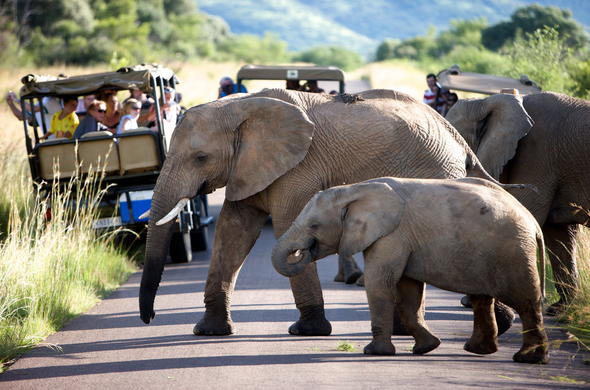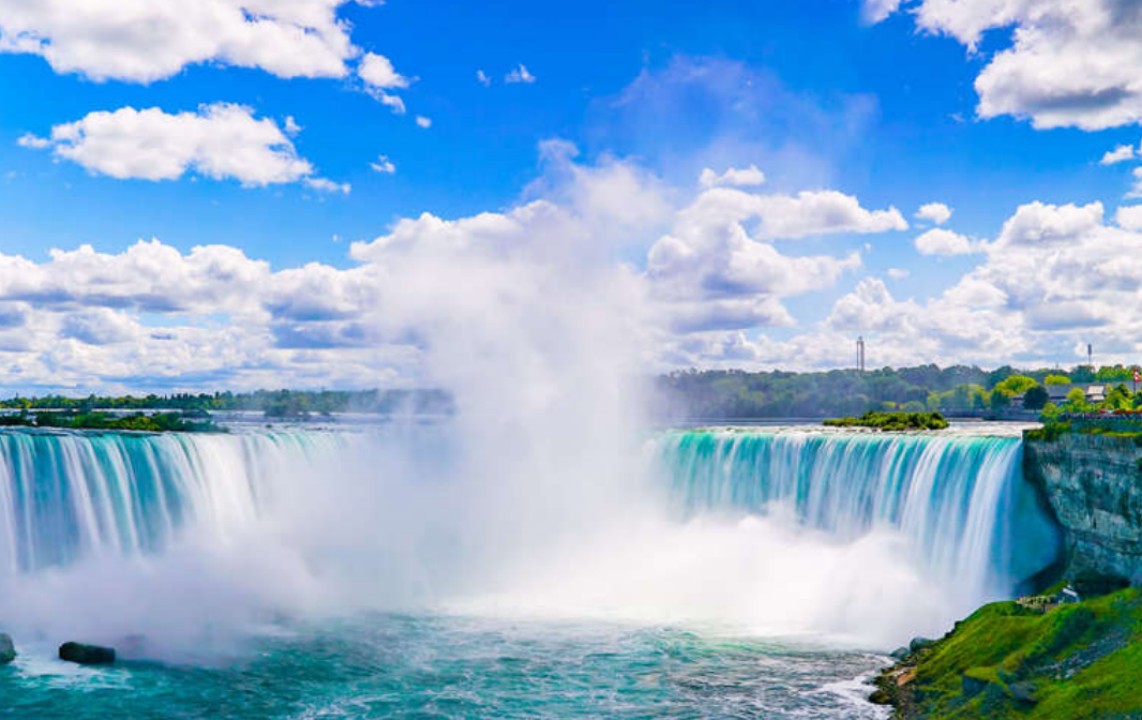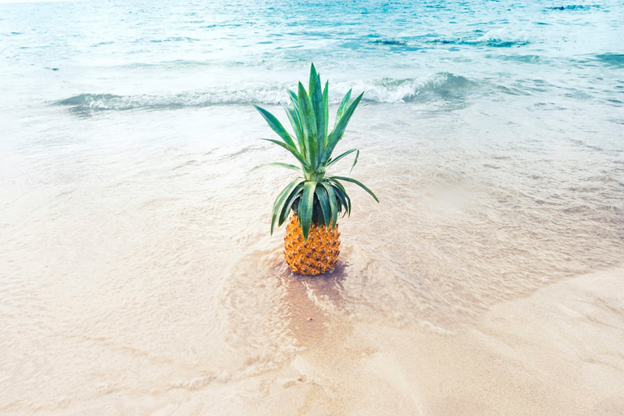As far as natural life, Kruger is one of the world’s most noteworthy national parks. The assorted qualities, thickness and sheer quantities of creatures is practically unparalleled, and the greater part of Africa’s notorious safari species – elephant, lion, panther, cheetah, rhino, wild ox, giraffe, hippo and zebra – experience their sensational days here, alongside a supporting cast of 137 different warm blooded creatures and more than 500 assortments of fowl. This is why it provides Kruger Park Safari.
Excellent rock kopjes (slopes) pepper the bushveld in the south, the Lebombo Mountains ascend from the savannah in the east, and tropical woodlands cut over the most distant north of the 19,485-sq-km stop.
An unfathomable system of streets permits you (staggeringly) to investigate all alone, guided natural life exercises are bounteous and convenience is both ample and incredible esteem. The main drawback is that it can in some cases turn out to be excessively occupied with, which means you basically need to sit tight in line for your swing to see the most recent locating.
150km from Johannesburg lies Pilanesberg National Park. South Africa’s fourth biggest Game Reserve. A terminated antacid fountain of liquid magma, now known as a “basic ring complex” it is one of just three of its kind on the planet; One being in Greenland and the other in the previous Soviet Union.
Somewhere in the range of 1200 million years prior a tremendous fountain of liquid magma towering 7000 meters (essentially higher than Africa’s most elevated point today, Mount Kilimanjaro in Kenya) dominated the generally featureless fields of the encompassing bushveld. This huge spring of gushing lava inevitably given way upon itself and weathered into four concentric rings which ascend to 700 meters over the fields; a minor tenth of the first well of lava tallness. The stones framing the slopes are the remaining parts of magma channels which once encouraged the well of lava from far beneath its summit. It is unquestionably the ideal case of these common marvels, making it the ideal safari goal matching the superb Ngorongoro hole in Tanzania.
Having 55,000 hectares (or 550 square km) to investigate offers a gigantic scene where one can see dazzling untamed life in its characteristic living space. From the “Enormous 5” to the “Little 5” the open door is colossal and being so near the “Gauteng city” is a shot not to be missed.
The assorted qualities of Pilanesberg safaris are with the end goal that various scenes and vegetation sorts happen here. As the hold moves from the wet Lowveld vegetation to the dry Kalahari there are various diversion, tree and flying creature species that could never be discovered living together a zone and all things considered, the species here are fantastically fluctuated and one of a kind to different saves inside Southern Africa and among the Johannesburg tours.
Geographically, Pilanesberg is gigantically vital because of the alkalinity of the material and there being a considerable measure of uncommon and interesting minerals show. It is intriguing to discover Red, White, Green and Ledig Foyaite, Nepheline Syenite, Kimberlite, Fluorite and Uranium Tuff all through the Park.
Part of the Pilanesberg’s significant appeal is the sensational scene – rough gorges, moving slopes and a gigantic lake in the centre, called Mankwe, where the very heart of the well of lava must have once been. There are field territories, slopes, rough places, wetlands and lakes – every one of these natural surroundings mean the recreation centre backings a wide assortment of plants and creatures. Alongside the Big 5 there are Brown Hyaena, Serval, Caracal, Cheetah, Wild (Cape Hunting) Dogs, Hippo, Giraffe, Sable, Tsessebe and Eland. Those are quite recently the warm blooded creatures! There are various reptile species and creatures of land and water and additionally spineless creatures by the drove.







